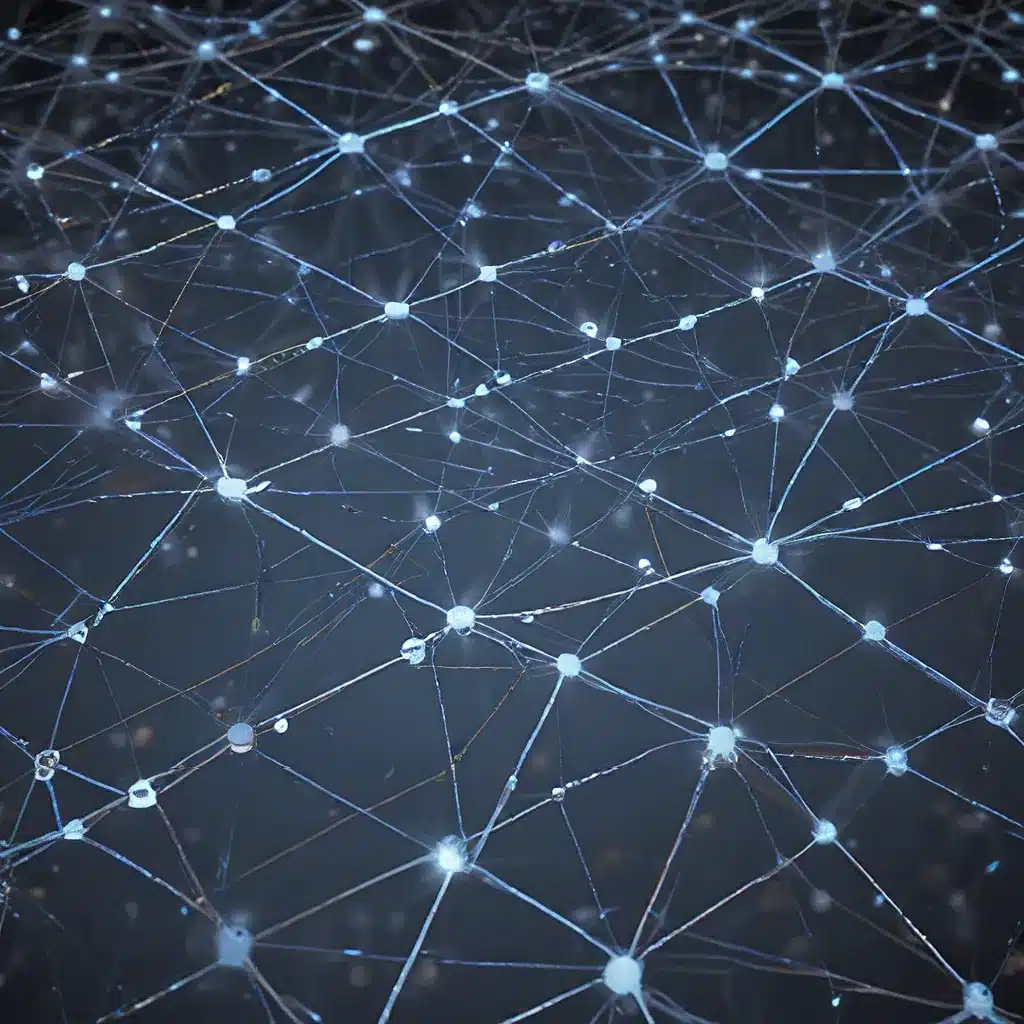
As the world becomes increasingly connected through the proliferation of Internet of Things (IoT) devices and sensor networks, the need for robust, scalable, and resilient sensor calibration techniques has never been greater. In the realm of sensor networks, accurate and reliable data is the foundation upon which critical applications, from environmental monitoring to industrial automation, are built. However, the sheer scale and complexity of modern sensor deployments introduce unique challenges that traditional centralized calibration methods struggle to address effectively.
The Rise of Distributed Sensor Calibration
Traditional sensor calibration approaches often rely on a centralized control system or a dedicated calibration station. While this method may work well for smaller networks or laboratory settings, it quickly becomes impractical and inefficient as the number of sensors increases. The centralized approach introduces several drawbacks:
- Scalability Limitations: As the sensor network grows, the central calibration system can become overwhelmed, leading to bottlenecks and reduced responsiveness.
- Single Point of Failure: A failure in the central calibration system can cause the entire network to lose calibration, compromising the reliability and resilience of the system.
- Increased Maintenance Overhead: Maintaining and updating a centralized calibration system becomes increasingly complex and resource-intensive as the network expands.
To address these limitations, the distributed sensor calibration paradigm has emerged as a promising solution. In this approach, sensors within the network collaborate with each other to calibrate themselves, leveraging peer-to-peer communication and decentralized algorithms.
Distributed Sensor Calibration Algorithms
Distributed sensor calibration algorithms are designed to enable scalable and resilient sensor networks by empowering individual sensors to calibrate themselves in a coordinated manner. These algorithms typically involve the following key components:
-
Peer-to-Peer Communication: Sensors within the network establish direct communication links with their neighboring sensors, allowing them to exchange calibration data and coordinate their efforts.
-
Consensus-based Calibration: Sensors use consensus algorithms to converge on a common calibration standard, ensuring that all sensors within the network are properly aligned.
-
Distributed Optimization: Sensors leverage distributed optimization techniques, such as Alternating Direction Method of Multipliers (ADMM) or Distributed Gradient Descent, to collectively find the optimal calibration parameters without relying on a central authority.
-
Sensor Fusion: Sensors combine data from multiple sources, including their own measurements and those received from neighboring sensors, to improve the accuracy and robustness of the calibration process.
-
Adaptive and Resilient Design: Distributed calibration algorithms are designed to be adaptive to changes in the network topology, sensor failures, or environmental fluctuations, ensuring the continued operation and calibration of the sensor network.
By implementing these distributed calibration algorithms, sensor networks can achieve several key benefits:
- Scalability: The network can seamlessly accommodate the addition of new sensors without overwhelming a central system.
- Resilience: The failure of individual sensors or communication links does not compromise the overall calibration of the network.
- Autonomy: Sensors can self-calibrate, reducing the need for manual intervention and maintenance.
- Adaptability: The network can adapt to changes in the environment or sensor conditions, maintaining accurate and reliable data.
Real-World Applications of Distributed Sensor Calibration
Distributed sensor calibration algorithms have found applications across a wide range of industries and domains:
-
Smart Cities: Sensor networks deployed for traffic monitoring, environmental sensing, and infrastructure monitoring can benefit from distributed calibration to ensure accurate data collection and analysis.
-
Industrial Automation: In the context of Industry 4.0, distributed calibration enables adaptive and resilient sensor networks that support advanced manufacturing and process optimization.
-
Environmental Monitoring: Sensor networks for air quality, water quality, and climate monitoring can leverage distributed calibration to maintain reliable data streams even in remote or harsh environments.
-
Healthcare and Wellness: Wearable sensors and Internet of Medical Things (IoMT) devices can use distributed calibration to ensure the accuracy and consistency of health data collected from multiple sensors.
-
Aerospace and Defense: Satellite and unmanned aerial vehicle (UAV) sensor networks can benefit from distributed calibration to maintain precision and reliability in critical applications, such as space situational awareness and border security.
The Future of Sensor Networks: Towards Autonomous and Adaptive Systems
As the IoT ecosystem continues to evolve, the importance of distributed sensor calibration algorithms will only grow. These algorithms will play a crucial role in enabling the next generation of autonomous and adaptive sensor networks, capable of self-organizing, self-calibrating, and self-healing in response to changing conditions and requirements.
By embracing the distributed calibration approach, sensor network developers and IoT solution providers can unlock a new era of scalable, resilient, and intelligent sensor-driven applications that can adapt and thrive in an increasingly complex and dynamic world. As the sensor networks of the future become more autonomous and self-sustaining, the need for reliable and efficient distributed calibration algorithms will be paramount in unlocking their full potential.
To explore the latest advancements and best practices in sensor network design, be sure to visit the Sensor Networks website. This comprehensive resource provides in-depth insights, case studies, and expert analysis on the evolving world of IoT, distributed sensor networks, and the critical role of calibration algorithms in shaping the future of smart technologies.
Conclusion
The rise of distributed sensor calibration algorithms has revolutionized the way we approach the design and deployment of sensor networks. By empowering individual sensors to collaborate and calibrate themselves in a decentralized manner, these algorithms have addressed the scalability and resilience challenges inherent in traditional centralized approaches.
As the IoT ecosystem continues to expand, the need for autonomous and adaptive sensor networks will only grow. Distributed sensor calibration algorithms will be instrumental in enabling these next-generation systems, ensuring that sensor data remains accurate, reliable, and responsive to the evolving needs of various industries and applications.
By embracing the power of distributed sensor calibration, network architects, IoT developers, and industry professionals can unlock a new era of scalable, resilient, and intelligent sensor-driven solutions, poised to transform the way we interact with and leverage the wealth of data generated by the sensor networks of the future.